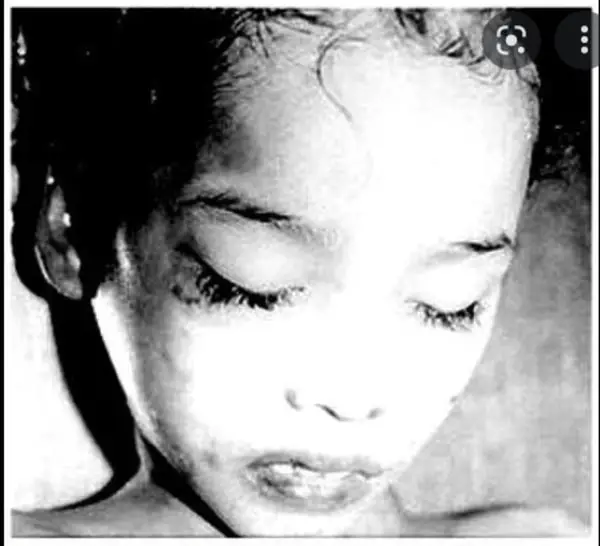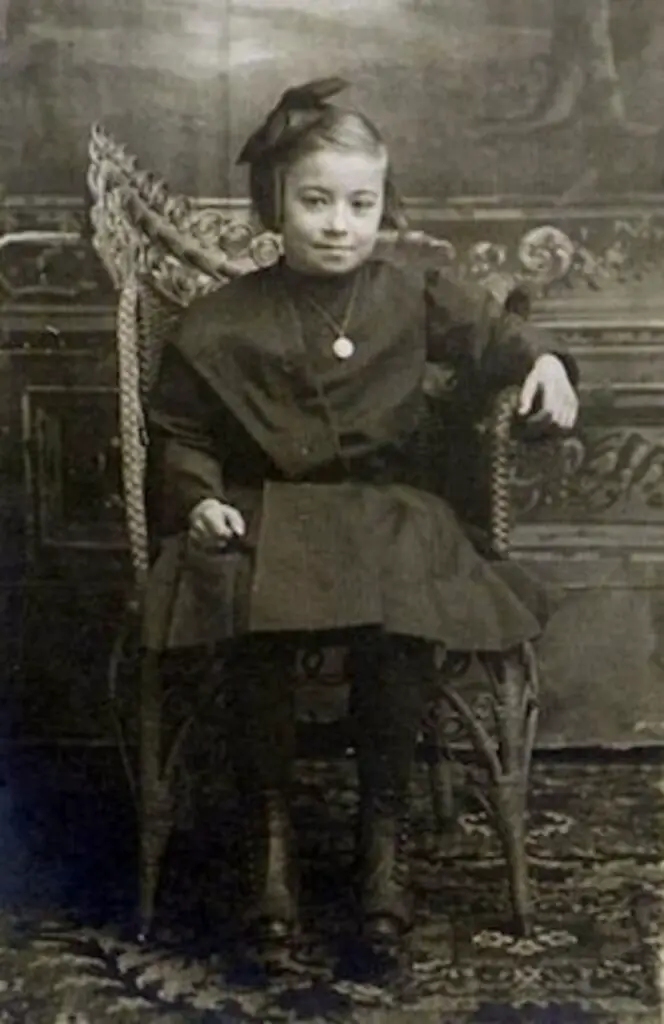Filed
12:00 p.m. EDT
05.10.2025
A new report sheds light on pregnant people behind bars, but misses their lived experience.
A pregnant woman incarcerated at the Wyoming Women’s Center in Lusk, Wyoming, 2015.
This is The Marshall Project’s Closing Argument newsletter, a weekly deep dive into a key criminal justice issue. Want this delivered to your inbox? Subscribe to future newsletters.
When the Bureau of Justice Statistics released the first-ever national look at reproductive issues in state and federal prisons in April, it answered some long-standing questions, while raising a few more, about pregnancy and maternal care behind bars.
Even though women are the fastest-growing segment of the prison population, no agency tracks vital statistics on pregnancy and reproductive care in state and federal prisons. The BJS release covered a few key data points: The number of pregnant people in state and federal prisons in 2023, the outcomes of their pregnancies over the course of the year, and the kind of maternal health services that prisons say they provide. It does not include private facilities and local jails, where pregnancies are much more common.
While the BJS data is now the most comprehensive look at what happens in our state and federal prisons, it’s missing a huge piece of the story. A quick scan of the findings may suggest that prisons do a good job of taking care of pregnant people because they offer many critical maternal care services. But without accompanying narratives from the hundreds of pregnant people in prison, it’s hard to know how these services are actually used.
More importantly, the anecdotal stories that have trickled out of prisons over the years suggest that pregnancy behind bars is a harrowing experience at best.
Here’s a quick snapshot of what the BJS found in their study of 50 states and the federal prison system. On Dec. 31, 2023, there were over 300 pregnant women in the 49 jurisdictions that provided data. In that calendar year, there were 727 pregnancies that ended in birth or some other outcome. The vast majority of those women — 91% — had live births. Roughly 6% miscarried, 2% terminated their pregnancies, and a few had a stillbirth or an ectopic pregnancy. The BJS did not track infant or maternal mortality.
Researchers have pointed out that these findings don’t square with earlier data collection efforts on pregnancy outcomes in prisons and jails. In 2016, researchers at Johns Hopkins University conducted the first large-scale data collection of pregnancy behind bars, which included 22 states, a handful of jails and the Bureau of Prisons. The researchers found that roughly 4% of women in 22 states tested positive for pregnancy upon entering prison, compared to the 2% the BJS found across nearly all states and the BOP.
The BJS release also provided a snapshot of maternal healthcare behind bars. The overwhelming majority of prison systems said they tested for pregnancy during intake, trained staff on how to care for pregnant women, and had infrastructure in place to care for pregnant people on site or a plan in place to transfer them off-site. Every jurisdiction said they provided routine medical appointments, including post-delivery follow-ups. And nearly all facilities said they offered screening for postpartum depression.
Previous reports call into question women’s access to these essential services. Last year, the U.S. Government Accountability Office published its findings on pregnancy in prisons and jails. The GAO identified numerous barriers to care, including copayments that forced incarcerated women to pay for their own medical care, stigma from guards and basic logistical challenges of transportation to off-site appointments. Unlike the BJS data, the GAO inspectors conducted a qualitative analysis, speaking directly with a handful of prison officials and more than two dozen incarcerated pregnant and postpartum women. They also reviewed a decade of research on pregnancy and maternal care behind bars.
When asked about their care, some of the women shared their challenges. Several of the women interviewed said the care they received was “okay, or had mixed feelings.” Two said the care they received was “not good, or that their needs were not addressed by care providers.” One woman told the inspectors that she did not receive the medication she was prescribed. Another said she asked for depression medication and mood stabilizers to be restarted after giving birth, but did not receive them. One woman asked to be taken to the hospital for low blood pressure, but was denied.
Prison guards are a major obstacle. All prisoners, including pregnant people, have to go through corrections officers to get medical care. In a 2020 article for the Harvard Law Review, Dr. Carolyn Sufrin, a leading researcher on reproductive issues behind bars, says that corrections officers should not stand between pregnant people and access to reproductive care. Symptoms of pregnancy complications can be subtle. “Light bleeding, cramping, or even a headache” could be signs of labor or something more serious that requires immediate medical attention, she noted. When a woman comes forward with a concern, guards are tasked with making their own “unqualified assessment” on whether she needs care.
In six states — Alaska, Hawaii, Iowa, Maine, Nevada and Washington — guards receive no training on how to care for pregnant prisoners, the BJS report found.
“A pregnant person in custody does not have the freedom to call their health care provider or an ambulance or to go to a hospital, but must instead notify a custody officer who serves, functionally, as the gatekeeper to a pregnant person accessing medical personnel,” Sufrin noted.
Pregnant people are also vulnerable to the casual cruelty that can pervade prison culture. At York Correctional Institution in Connecticut, one woman wound up giving birth into a toilet in 2018. The woman’s mother, Karine Laboy, testified in front of Congress last year as part of an inquiry into pregnancy conditions in prisons and jails, led by Sen. John Ossoff, chair of the U.S. Senate’s Human Rights Subcommittee.
Laboy told senators that her daughter began bleeding while using the bathroom. Security footage shows that she placed a T-shirt between her legs and tried to walk to breakfast. When she returned, the shirt was soaked in blood. She called out for help, but nobody came. “My granddaughter was born into the toilet bowl,” Laboy testified. “When prison medical staff finally arrived, their response was cruel and insensitive. They joked that my granddaughter had ‘took her first swim’ and proceeded to cut her umbilical cord inside a dirty prison cell.”
Earlier this year, Ossoff introduced a bill that would require state facilities to report data on pregnant and postpartum prisoners to the U.S. Attorney General. Failure to report would result in a 10% reduction in federal funding. Ossoff’s inquiry “uncovered pervasive abuse of pregnant women in prison,” including forced C-sections, illegal shackling and punitive denials of postpartum care. The bill, which was referred to the Judiciary Committee in February, is an attempt to correct the longstanding information gap about the experiences of pregnant people behind bars.
Better data could help ensure women receive better care, researchers argue. Ossoff’s bill would collect a wider range of information than the BJS report. States would have to provide details on whether or not women received pre- and postnatal care and when. And it would require the attorney general’s office to conduct a study to understand the connection between prison practices and stillbirths, miscarriages, and infant and maternal deaths.
“Without data, we cannot know the full scope of the problems — and their solutions,” Sufrin testified during the inquiry last summer. “Our nation’s conscience must see that what happens — or does not happen — to pregnant women behind bars is a human rights issue.”



























